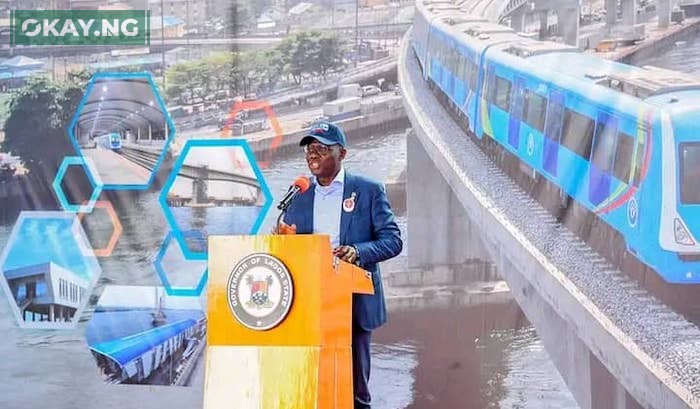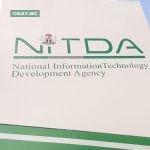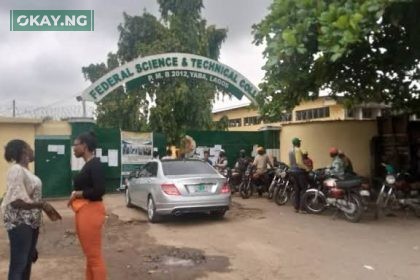Lagos Rethinks Oshodi Interchange: Rail Integration Sparks Major Redesign
Focus Keyword:
Similar Keywords: Lagos rail, Red Line, Blue Line, transport infrastructure, commuter experience
Related Keywords: Lagos State Government, public transport, rail mass transit, urban development, stakeholder engagement
SEO Meta Description: Lagos plans Oshodi Interchange redesign for seamless rail integration, enhancing commuter experience.
SEO Tags: infrastructure, development, connectivity.
A move aimed at revolutionizing public transportation within the bustling metropolis, will see the Lagos State Government carry out a comprehensive redesign of the Oshodi Transport Interchange (OTI). This initiative, unveiled via the Lagos State Ministry of Transportation’s official X (formerly Twitter) account, seeks to seamlessly integrate the facility with the Red and Blue Line rail systems, fundamentally altering the commuter experience.
“We recognized that a review of the OTI’s design and operations is essential for its optimization,” stated the Ministry, emphasizing the need to align with global standards. This acknowledgment underscores the government’s commitment to addressing the current operational challenges and evolving the OTI into a model of efficiency.
The impetus for this redesign stems from the imperative to harmonize the OTI with the expanding rail mass transit system. As Lagosians increasingly rely on the Red and Blue Lines, the interchange must evolve to ensure smooth transitions between these critical arteries of urban mobility. As someone who has navigated the often chaotic transit landscape of Lagos, I understand the desire for seamless connectivity. This isn’t just about infrastructure; it’s about the daily lives of millions.
To initiate this ambitious project, Honourable Commissioner for Transportation, Seun Osiyemi, convened a pivotal meeting with key stakeholders. The discussions centered on a meticulous evaluation of the OTI’s current state and the development of actionable strategies for improvement. A critical component of this process is a planned site visit, designed to provide a granular understanding of the facility’s functionality. This hands-on approach reflects a commitment to data-driven decision-making.
“The Ministry of Transportation sought to address the ongoing developments and challenges affecting the Oshodi Transport Interchange (OTI) in preparedness for the integration of the Rail Mass transit system; Red Line rail project connecting the Blue Line,” the official statement relayed.
Read Also: Nigerian Breweries Secures Full Control of Distell, Eyes Wine Market Expansion
Beyond physical integration, the Ministry is addressing ancillary challenges that impact commuter experience. A proposed partnership with the Federal Roads Maintenance Agency (FERMA) aims to ensure consistent road maintenance around the interchange, enhancing accessibility and safety. Furthermore, the persistent issue of street hawking, a significant safety concern, will be tackled through collaborative efforts with law enforcement agencies.
For many Lagos residents, the OTI is a daily reality, a microcosm of the city itself. Addressing issues like street hawking and ensuring proper maintenance directly impacts their safety and well-being. According to the Lagos Metropolitan Area Transport Authority (LAMATA), approximately 2.5 million passengers use public transport daily in Lagos. This number is expected to rise as the rail lines become more operational. The need to improve the OTI is therefore, very critical.
The Ministry’s commitment to stakeholder input is equally noteworthy. By soliciting detailed feedback, they aim to create solutions that are not only effective but also reflective of the community’s needs. This collaborative approach fosters a sense of ownership and ensures that the redesigned OTI truly serves its purpose.
The Lagos State Government expresses confidence that with ongoing collaboration and proactive measures, the OTI will serve as a model for effective transport infrastructure in Nigeria, providing seamless connectivity and convenience for millions of commuters daily. This vision, if realized, will not only enhance transportation efficiency but also contribute to the overall quality of life in Lagos.












